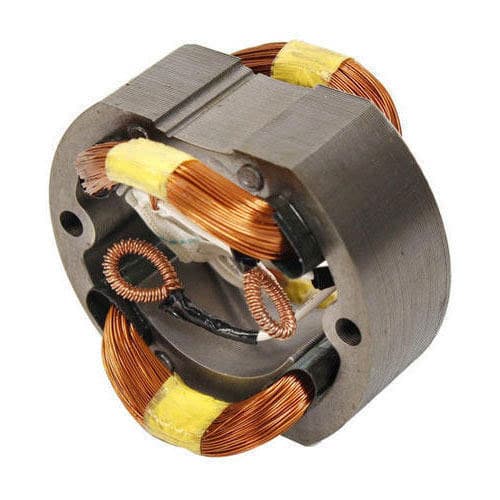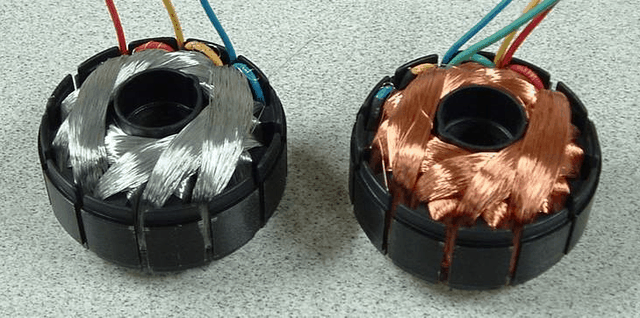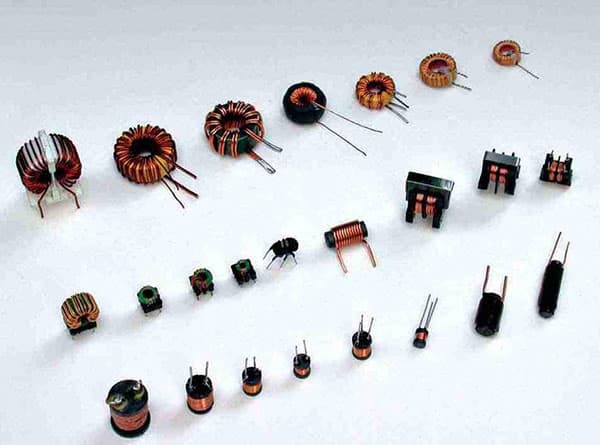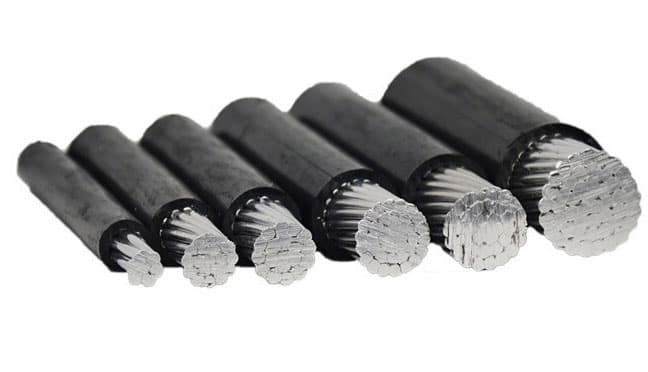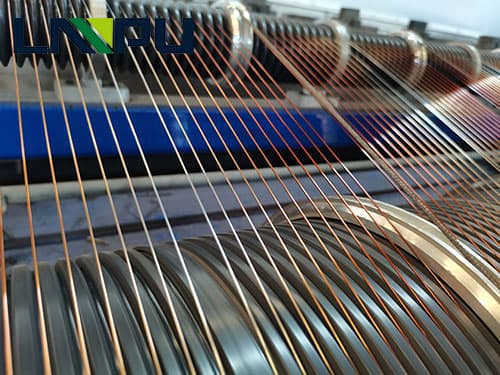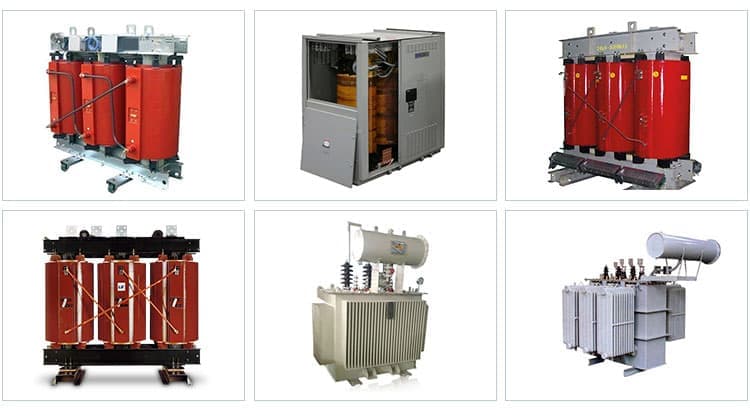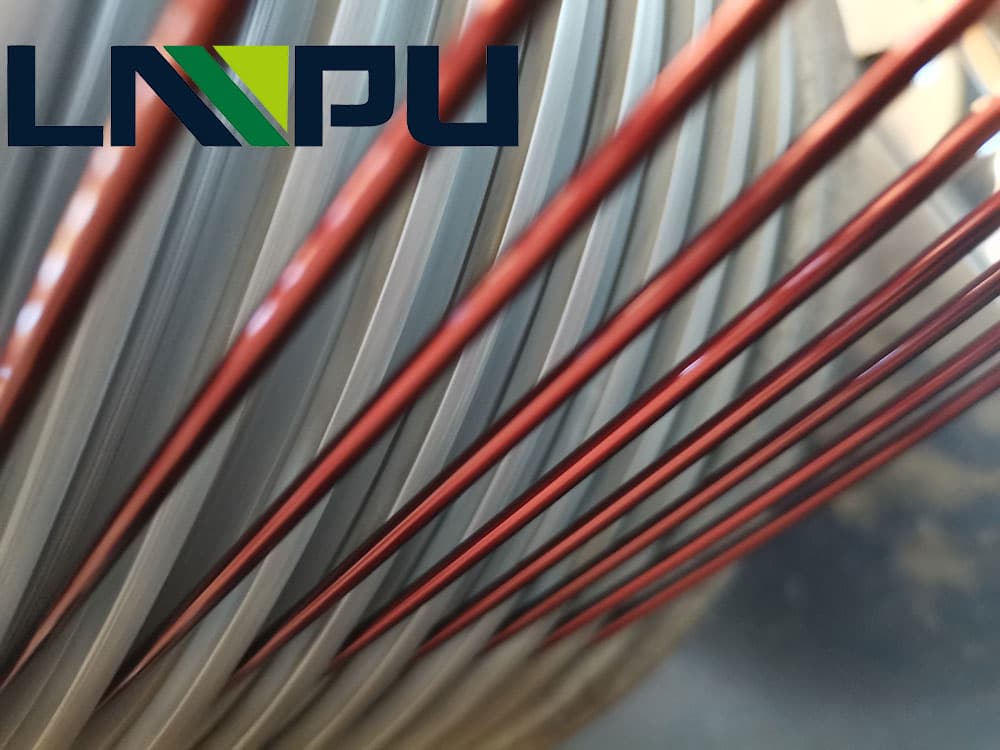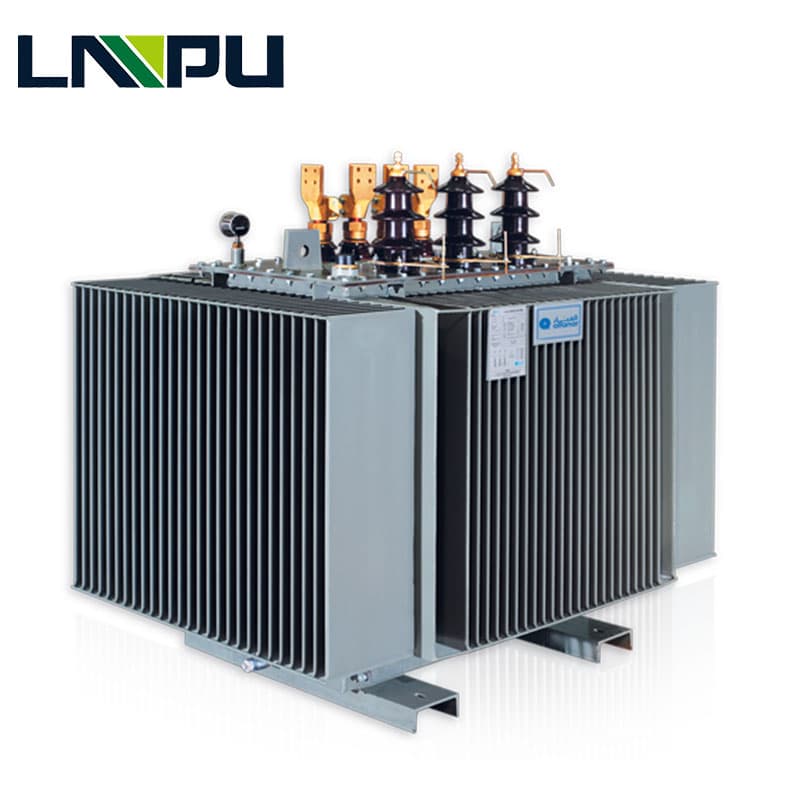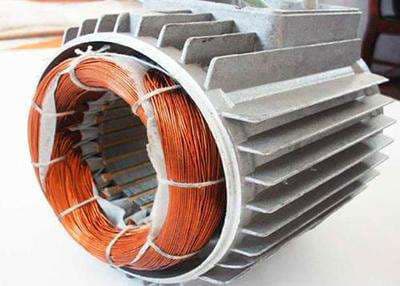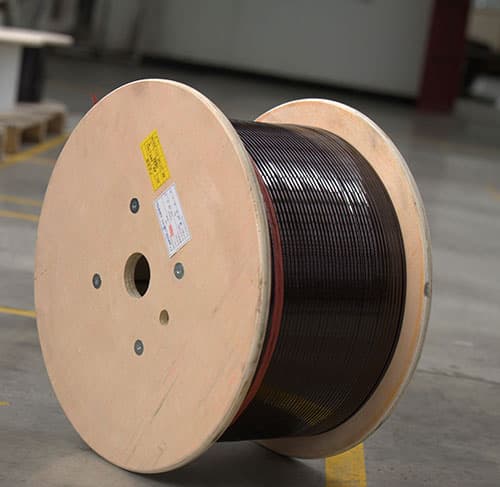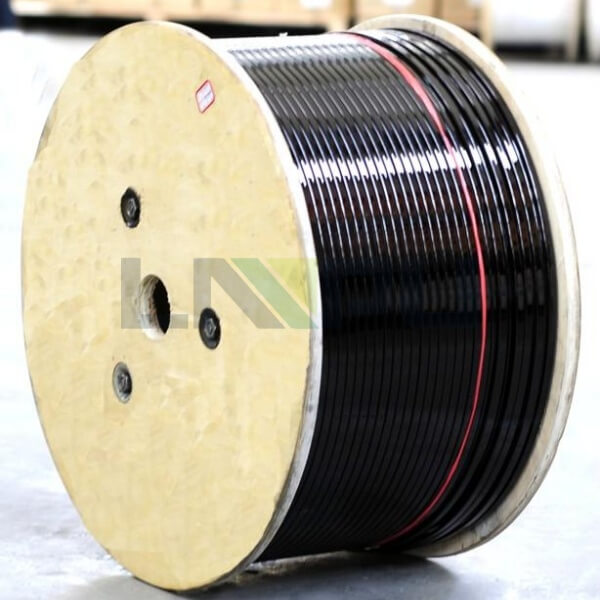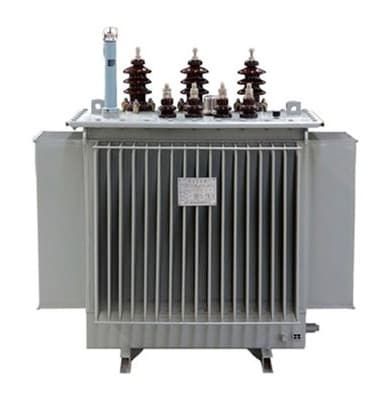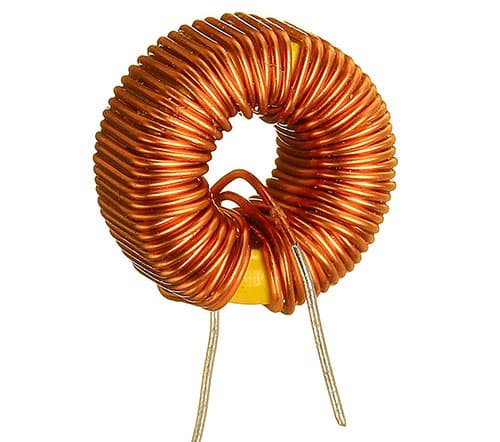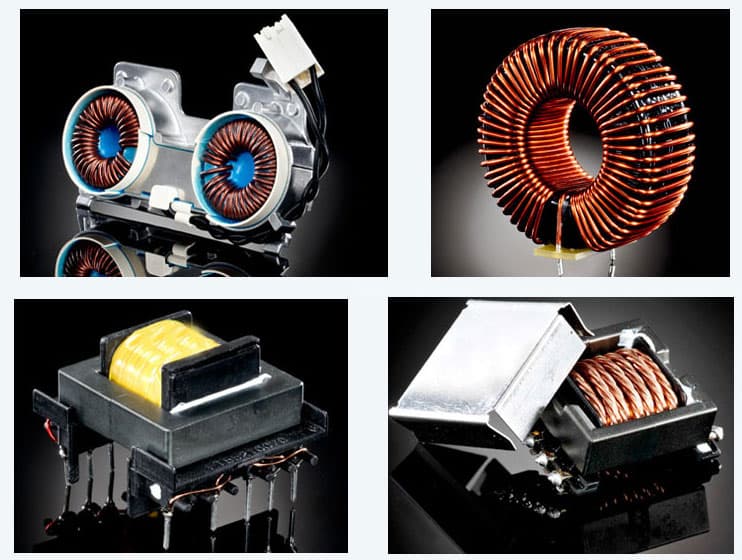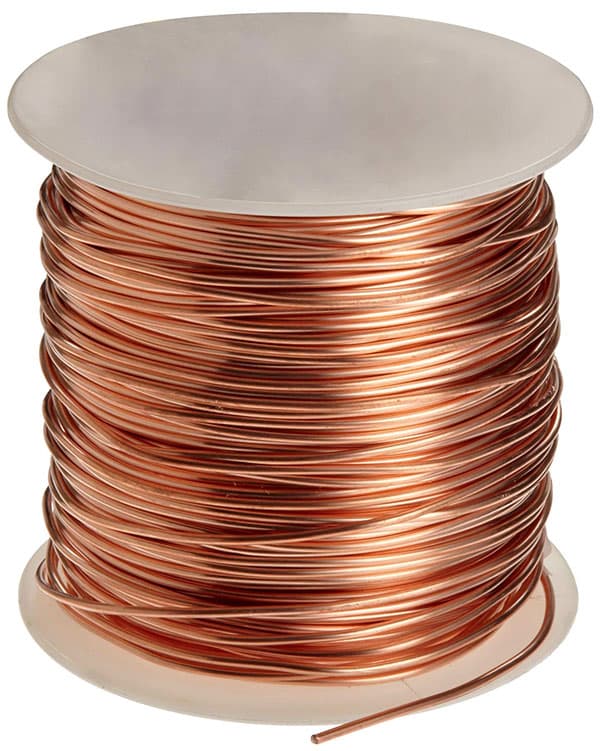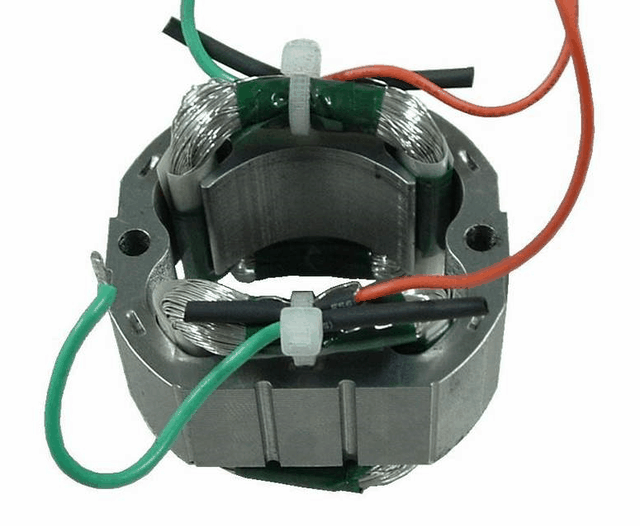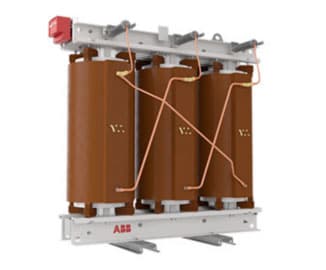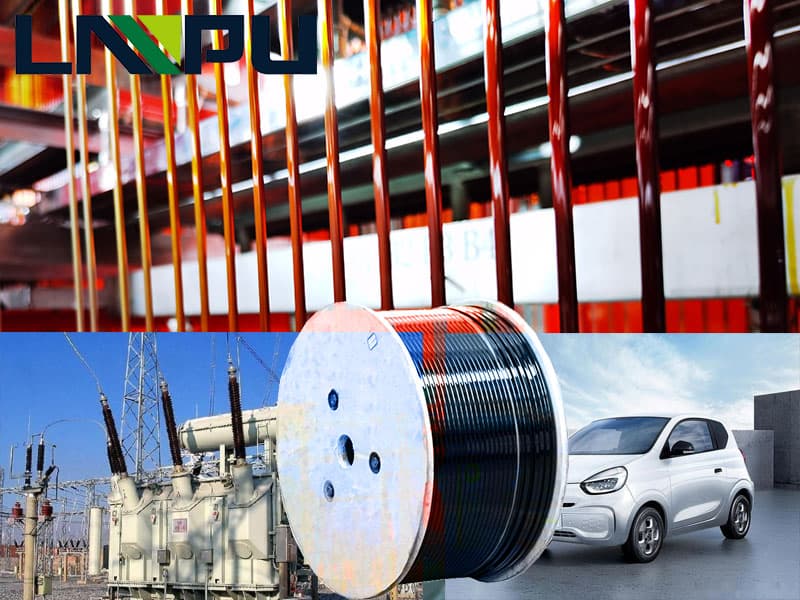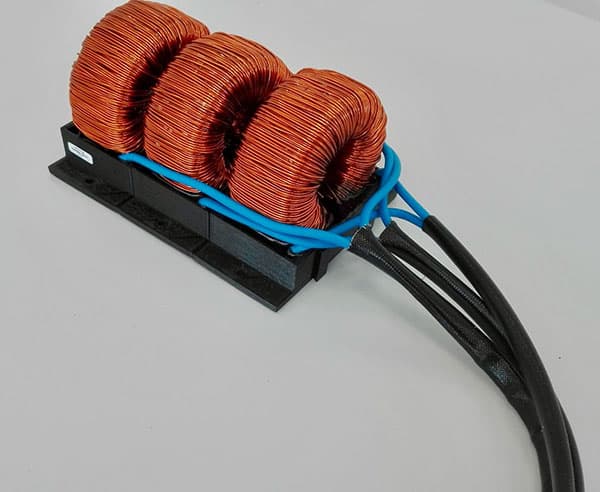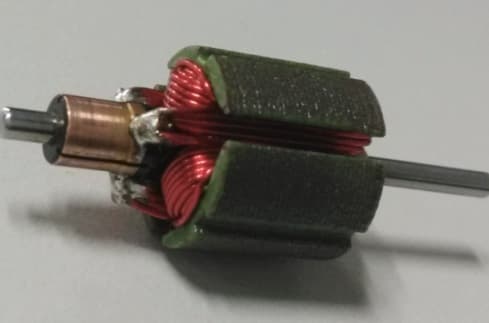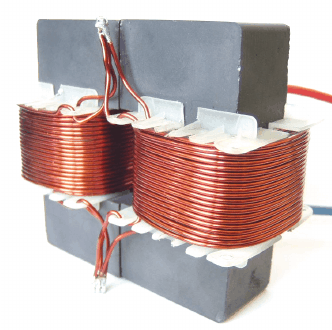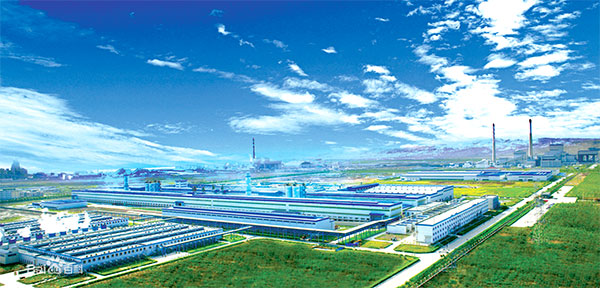Traverse
Traverse refers to the material used for wire and cable, and also refers to wire in industry. It is generally made of copper or aluminum, and it is also made of silver wire (good electrical conductivity and thermal conductivity), which is used to reduce electrical current or conduct heat.
The Traverse is a series of measurement control points connected in adjacent order to form a plane control figure in the form of a broken line. It consists of a series of wire elements: wire point, which is the known and pending points on the wire; wire edge, is the edge of the broken line connecting the wire point; wire angle, the horizontal angle between the guide line edges. The angle of the wire connected to the known direction is called the connection angle (also known as the orientation angle). The wire angle is called the left or right corner according to its position on the left or right of the wire forward direction, and the left corner is positive and the right corner is negative; the difference between a single wire and a wire net is that the former has no nodes while the latter Has a node. A single wire can be laid out as follows: attached wire, starting at a known point and ending at another known point; closed wire, starting and closing at the same known point; branch wire, starting from a known point, both It is not attached to another known point, nor is it closed to the same known point. The wire mesh can be set as: attached wire mesh, with more than one known point or other attachment conditions; free wire mesh, with only one known point and one starting azimuth angle without attachment conditions.


